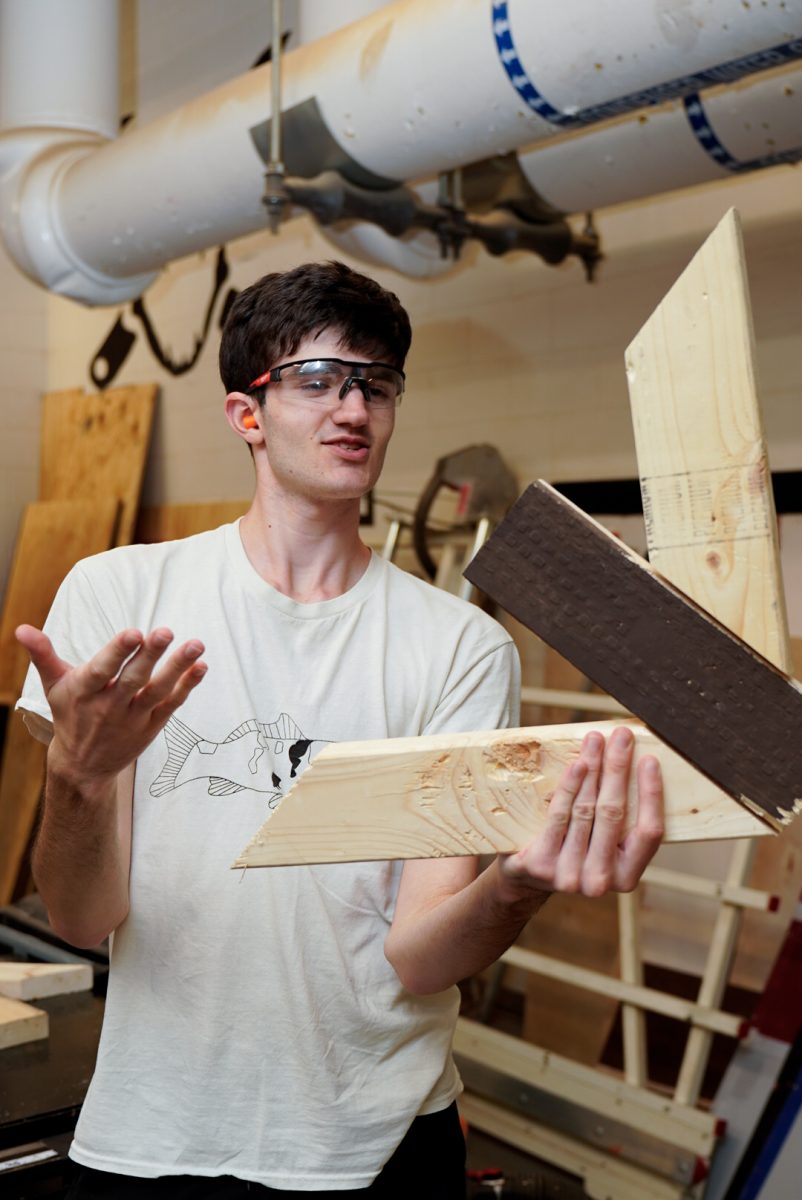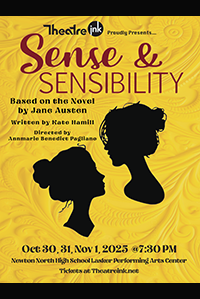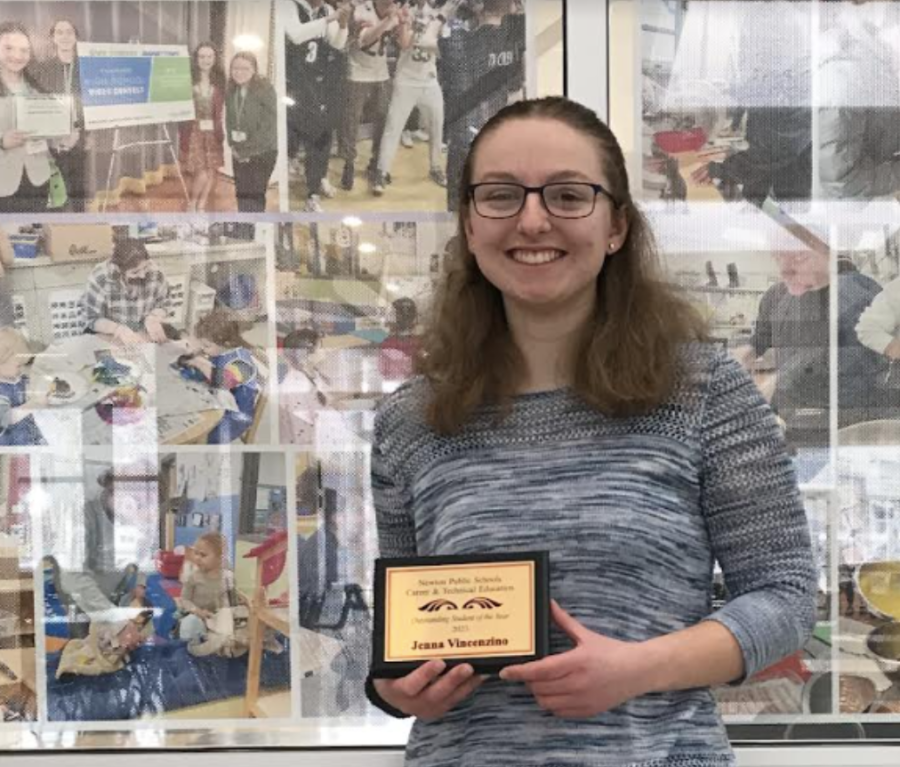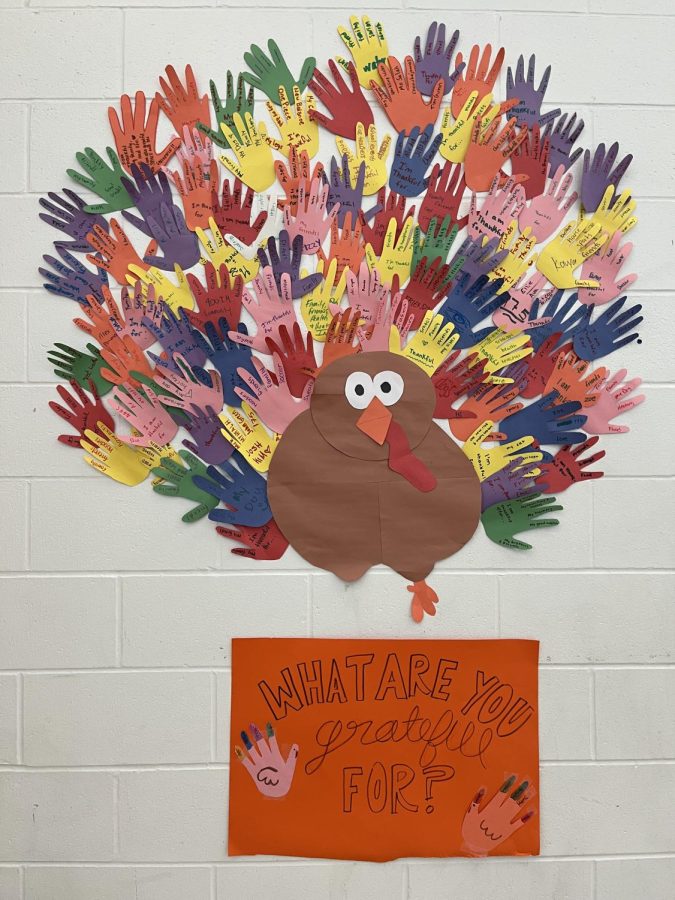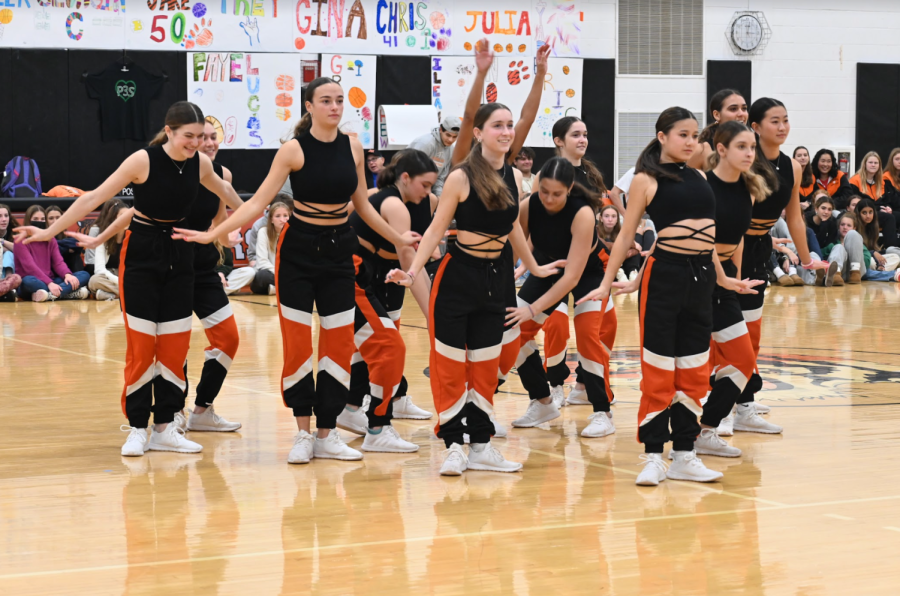by David Kwartler
Asian-American teachers from this school spoke in a panel today D-block in the Little Theatre as part of Asian Culture Day. Officers from the Asian Culture Club introduced the panel. Senior Sam Su, an officer of the club, explained that teachers would share their experiences as Asian-Americans with the audience. He also shared several statistics before the presentation, including that 46% of Asian-Americans live on the West Coast. He also said that while 54% of Asian-American teenagers are bullied, only 31% of white students are.
Junior Julie Duong mediated the panel, which consisted of history teachers Albert Cho and Subheen Razzaqui and English teachers Charlene Beh, Michelle Leong, and Sheela Maupin.
Razzaqui described her experience as a Pakistani-American Muslim during her childhood. She identified herself as Asian in elementary school, to which another student said that she “didn’t have eyes like that.” She had to go home and check the map to see if Pakistan was really on the Asian continent. “It takes a lot of energy to be different,” she said.
Cho was raised in Oregon in a predominantly white community and he had difficulty accepting his Korean heritage. Only recently, according to his colleague Razzaqui, had he embraced his culture. He said, “When people ask where I’m from, I know it’s a two step question.” Cho was born in Chicago, but many wanted to know his racial heritage, or where his parents came from.
As for Beh, she grew up in New York and, since she was immersed in Chinese culture at her home, she considered her struggles with racism outside of her home. “At school lunch, I would bring my leftover Chinese food,” she explained. One student, referring to a wanton, said “That looks like an eyeball!”
Maupin and many other teachers compared their experiences to the modern environment for Asian-Americans. “Being Indian wasn’t mysterious or cool,” she said. “There was no Mindy Kaling” or other identifiable stars, and she felt ashamed of her background until college. As a child, she felt pressure to be an engineer or doctor, and she rebelled against her father and chose to study English.
Leong shared several interesting stories about her experiences with racism. She grew up in Hawaii, surrounded by other Asian-Americans. “There were Asian teachers, politicians, newscasters,” so she felt like she fit in. She spoke of how she was mistaken for another Asian teacher at this school once. Also, she was once ignored in a shoe store until her white husband appeared. “Three salesmen instantly went up to him, asking how they could help him,” she said.
The panelists said that it is not too difficult to coexist as an Asian-American, especially in this school’s community. Leong concluded the event by saying that Asian-Americans have many unique differences and a broad spectrum of values and interests, but also a lot of similarities and shared aspects of their cultures.

